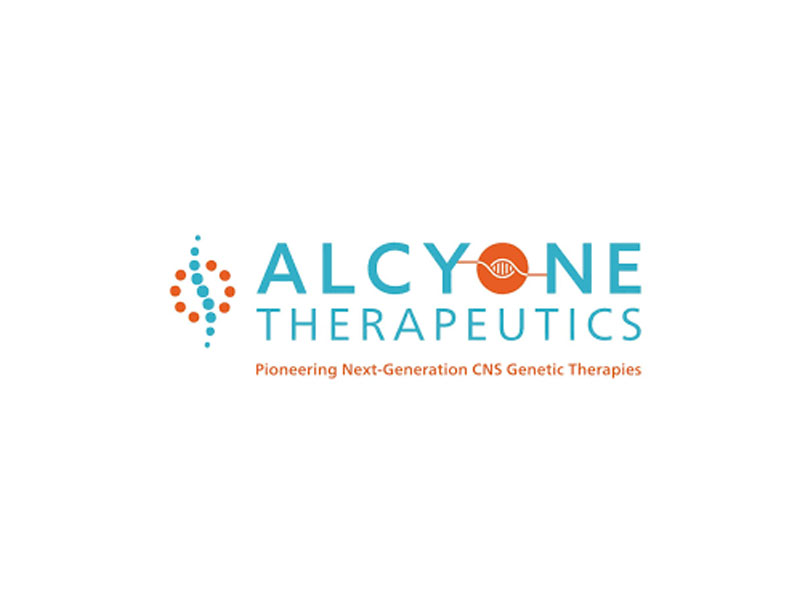Alcyone Therapeutics Inc., a clinical-stage biotechnology company pioneering next-generation precision genetic therapies and precision delivery solutions of therapies for complex neurological conditions, has officially secured FDA’s approval for the enrollment in its PIERRE study. According to certain reports, the stated study will basically evaluate the safety and effectiveness of Alcyone’s ThecaFlex DRx™ subcutaneous port and intrathecal catheter system for chronic intrathecal access, CSF aspiration, and delivery of SPINRAZA® (nusinersen) in SMA patients. Talk about the ThecaFlex DRx System, it is a an implantable intrathecal catheter fixation device, and subcutaneous port system designed to provide access of cerebrospinal fluid (CSF) for infusing therapies through IT bolus administration. Meant to function within Alcyone’s Falcon™ Delivery Platform, the technology is envisioned as an alternative to LP (lumbar puncture), which is the current standard of care for delivering therapeutics into CSF. The system is especially useful for people with a challenging spinal anatomy, or those who require multiple anesthesia and radiation exposures for repeat LPs, or for patients for whom the treating physician determines implantation of ThecaFlex is otherwise in the patient’s best interests. As for the PIERRE IDE trial, it would enroll up to 90 SMA patients with a minimum age of 3 years old, and it will be conducted in two stages. The already-concluded first stage, where Alcyone had over 10 SMA patients enrolled, implanted, infused with nusinersen and followed for 30 days, saw the company’s attempts to aspirate and infuse through the ThecaFlex port achieve success. On top of that, there was also no infection or device-related adverse events. More on the same would reveal how, if we go by the experience among first 10 SMA patients enrolled, the observed duration for implantation of ThecaFlex was recorded to be between one and two hours, depending on spinal complexity of the patient, with most SMA patients discharged from the hospital within 24 hours of implantation.
Once this implantation was duly completed, the infusion procedure was typically performed in a non-specialized setting (i.e., a standard exam room). Here, the observed infusion procedure would last for less than 30 minutes, whereas the actual nusinersen subcutaneous infusion time was found to take less than 10 minutes.
“As we approach the next stage of the PIERRE IDE study, we will continue to evaluate the safety and efficacy of the ThecaFlex system to help patients with spinal muscular atrophy receive the SPINRAZA® (nusinersen) therapy,” said Dr. Scellig Stone, M.D., Ph.D., FRCSC the Boston Children’s Hospital primary investigator for the PIERRE study. “The initial data and patient feedback are optimistic and a key first step toward developing a less invasive, more accessible procedure that may improve the overall dosing experience for SMA patients and may help optimize hospital resources.”
In regards to the potential benefits of ThecaFlex DRx System, they are expected to include a prospect of enabling routine subcutaneous administration of ASO (antisense oligonucleotide) therapies to the cerebrospinal fluid. Beyond that, the benefits are also likely to involve reducing the need for anesthesia and radiation exposure, compared to repeat LP for SPINRAZA infusion in SMA subjects. Talk about what might come after this phase 2 PIERRE trial, though, if ThecaFlex is approved for chronic bolus intrathecal administration of drugs without indication restrictions, it will increase accessibility for people suffering from other neurological disorders that need repeat intrathecal drug delivery. Not just that, the system also has a chance to become the first ever implantable device to enable routine subcutaneous access for the delivery of ASO therapies.
“We were pleased to receive the recommendation from the independent data monitoring safety committee to continue enrollment without any changes to the PIERRE study protocol as well as the FDA’s subsequent approval to continue enrollment,” said Dr. Kathrin Meyer, Ph.D., Alcyone’s Chief Scientific Officer and Head of Research & Development. “This represents a tangible step toward our goal of substantially improving treatment experience for patients requiring repeat intrathecal delivery of medications for the treatment of neurological disorders.”





